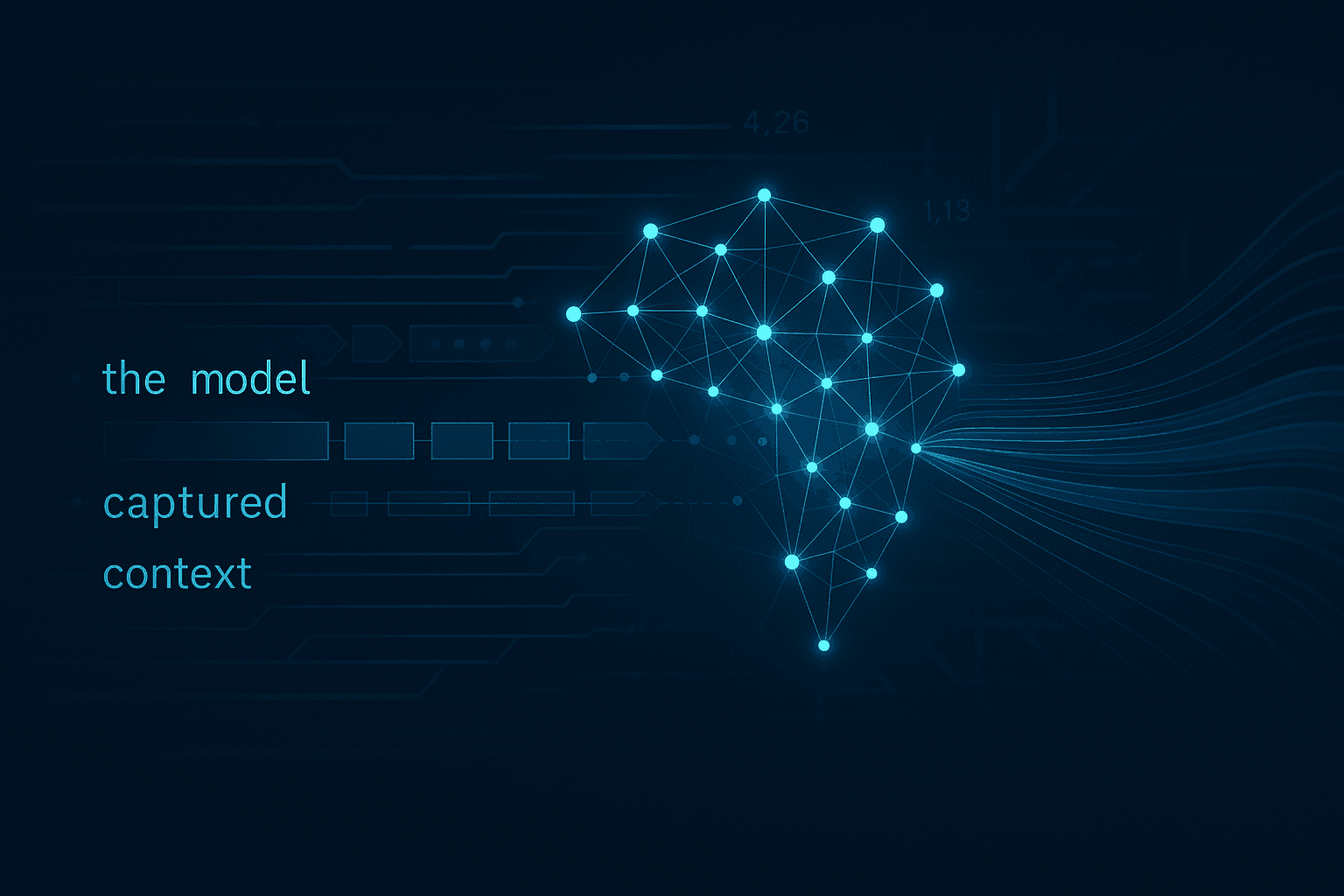A large language model (LLM) is an AI system designed to process, understand, and generate human language. It is trained on vast amounts of text data and uses a deep learning architecture, typically based on transformers, to predict and generate text. These models are called "large" due to their enormous number of parameters, which enable them to capture complex language patterns.
-
Learn how large language models process, understand, and generate human-like text.
-
Explore how transformers, attention mechanisms, and massive datasets shape modern AI systems.
-
Understand the strengths and limitations of LLMs across real applications like chatbots and search.
-
Discover future trends including multimodal AI, efficient training, and human-AI collaboration.



